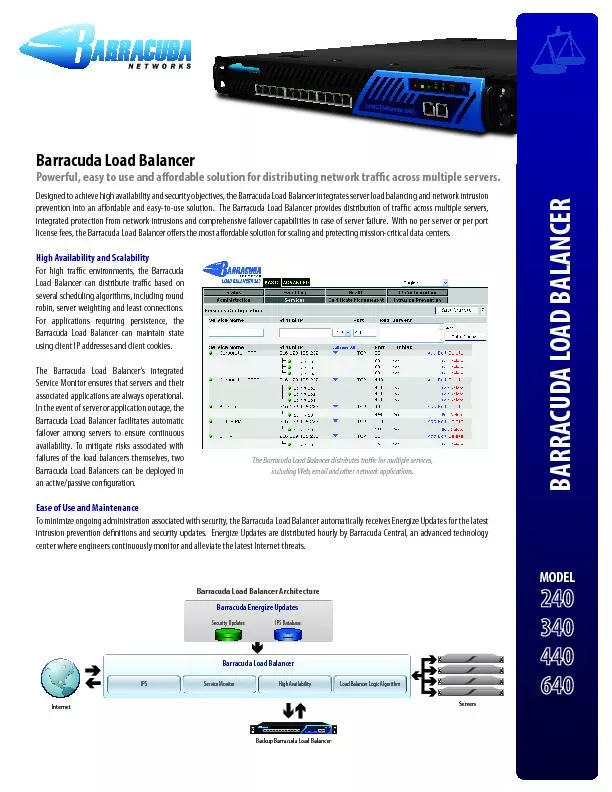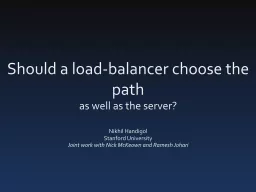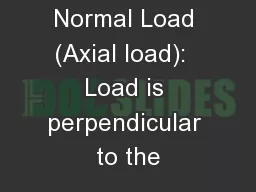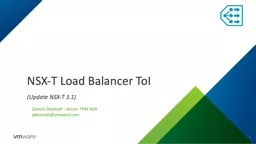PPT-Should a load-balancer choose the path
Author : debby-jeon | Published Date : 2015-12-10
as well as the server Nikhil Handigol Stanford University Joint work with Nick McKeown and Ramesh Johari Datacenter Widearea Enterprise Cant choose path LOADBALANCER
Presentation Embed Code
Download Presentation
Download Presentation The PPT/PDF document "Should a load-balancer choose the path" is the property of its rightful owner. Permission is granted to download and print the materials on this website for personal, non-commercial use only, and to display it on your personal computer provided you do not modify the materials and that you retain all copyright notices contained in the materials. By downloading content from our website, you accept the terms of this agreement.
Should a load-balancer choose the path: Transcript
Download Rules Of Document
"Should a load-balancer choose the path"The content belongs to its owner. You may download and print it for personal use, without modification, and keep all copyright notices. By downloading, you agree to these terms.
Related Documents














